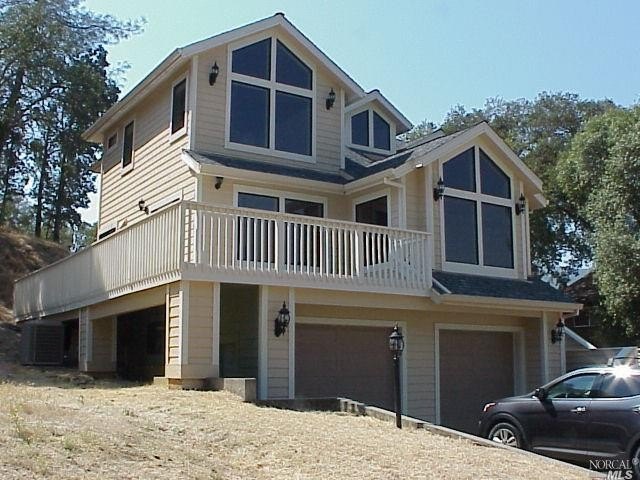Huh? That's weird, no report on CEC. That's weird. Can you call the lab and ask them if they know what the cation exchange capacity is? I regularly have to call labs and ask them questions and they have always been helpful.
And just FYI, here's an idea of how different tests can give you different results. These are two reports of the same soil samples. The top report results are from a Mehlich 3 (M3) test and the bottom is from an ammonium acetate pH8.2 (AApH8.2) test. If you look a few lines down on each report you'll see the "Total Exchange Capapcity". In the top M3 results the "Greenhouse" soil has an artificially high TEC because the pH is 7.0. A pH of 7.0 or higher is not going to give accurate TEC (or CEC or TCEC, same things) with a M3 test. The "Field" soil will be accurate though with a pH of 5.5.
And it's opposite on the bottom report. The "Greenhouse" soil will have an accurate TEC, but the field soil will be artificially low.
Knowing the TEC, CEC, TCEC is vital to making adjustments to your soil. It's basically the battery of your soil and tells you the quantity of minerals you're soil can hold/is holding. All adjustments are made based off the CEC. Also the CEC is going to determine how you work with the soil. A low CEC soil is going to be easier to change the amount of minerals on the cation exchange sites, but it also won't be able to hold on to many either. It's kind of like a Porche. You can make quick turns in mineral directions, but it's not made for road trips so minerals will needed to be added more often. Soil with a high CEC is made for the long haul. It will hold onto to a lot of minerals. Also it takes a lot of mineral weight to fill in the cation sites, but once they're there it will last a long time. It's hard to move the the ratios of minerals in high CEC soil also and it has to be dialed in well to get the best results, but high CEC soil is great when dialed in.
Neither of these two samples below have a very high CEC, just FYI. The greenhouse having a CEC of 7.68 is pretty decent. The field soil having a CEC of 3.41 is pretty low actually which is fine, but it's kind of like growing in hydroponics in the ground. Interestingly the field soil is heavy clay soil. It's from a wet, humid tropical area. It's not uncommon though to find acidic low CEC soils in wet tropical regions. Some of the wettest tropical areas in S. America
View attachment 3850469
View attachment 3850470
I'm running out of time right now, but I'll see if I can figure out some numbers for you. Most likely gypsum and lime or cutting in more soil will be the answer.







